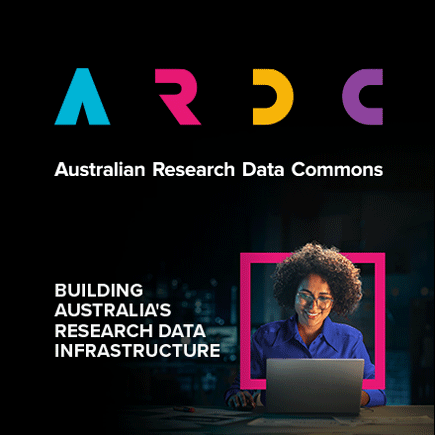Brief description
__PLEASE NOTE:__ \r\n\r\n__ GEEBAM is an interim product and there is no ground truthing or assessment of accuracy. *Fire Extent and Severity Mapping (FESM)* data should be used for accurate information on fire severity and loss of biomass in relation to bushfires.__\r\n \r\n__The intention of this dataset was to provide a rapid assessment of fire impact.__\r\n\r\nIn collaboration with the University of NSW, the NSW Department of Planning Infrastructure and Environment (DPIE) Remote Sensing and Landscape Science team has developed a rapid mapping approach to find out where wildfires in NSW have affected vegetation. We call it the Google Earth Engine Burnt Area Map (GEEBAM) and it relies on Sentinel 2 satellite imagery. The product output is a TIFF image with a resolution of 15m.\r\nBurnt Area Classes: \r\n\r\n1. Little change observed between pre and post fire \r\n\r\n2. Canopy unburnt - A green canopy within the fire ground that may act as refugia for native fauna, may be affected by fire \r\n\r\n3. Canopy partially affected - A mix of burnt and unburnt canopy vegetation \r\n\r\n4. Canopy fully affected -The canopy and understorey are most likely burnt\r\n\r\nUsing GEEBAM at a local scale requires visual interpretation with reference to satellite imagery. This will ensure the best results for each fire or vegetation class. \r\n\r\nImportant Note: GEEBAM is an interim product and there is no ground truthing or assessment of accuracy. It is updated fortnightly.\r\n\r\nPlease see Google Earth Engine Burnt Area Factsheet\r\nFull description
Show on SEED Web MapData Quality Statement
GEEBAM Web Map Service
Vegetation Index Web Map Service
Postfire Satellite Image Web Map Service
PDF Burnt Area Mapping
Download Package
GEEBAM Factsheet
Subjects
User Contributed Tags
Login to tag this record with meaningful keywords to make it easier to discover
Identifiers
- URI : data.nsw.gov.au/data/dataset/google-earth-engine-burnt-area-map-geebam

- Local : 60fe872a-daf7-49d4-8a54-49ee414aaed2


